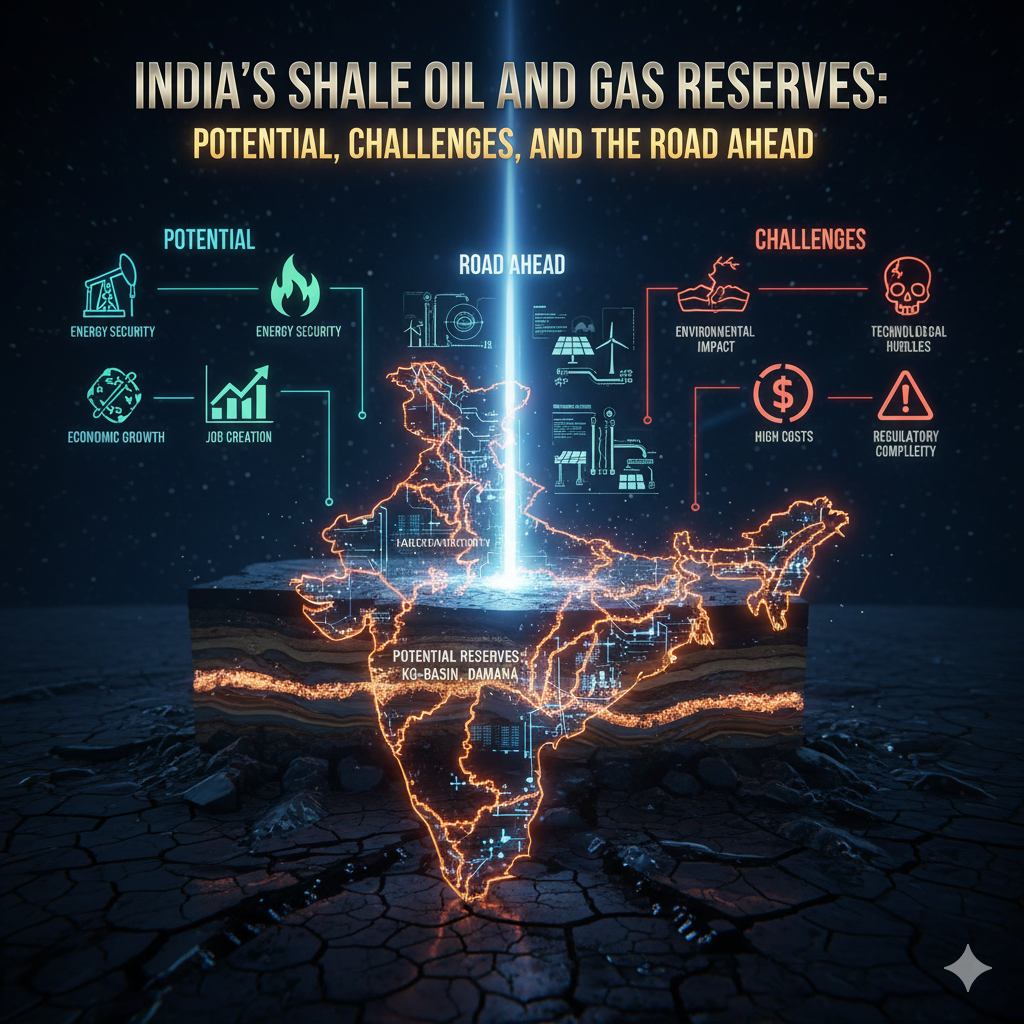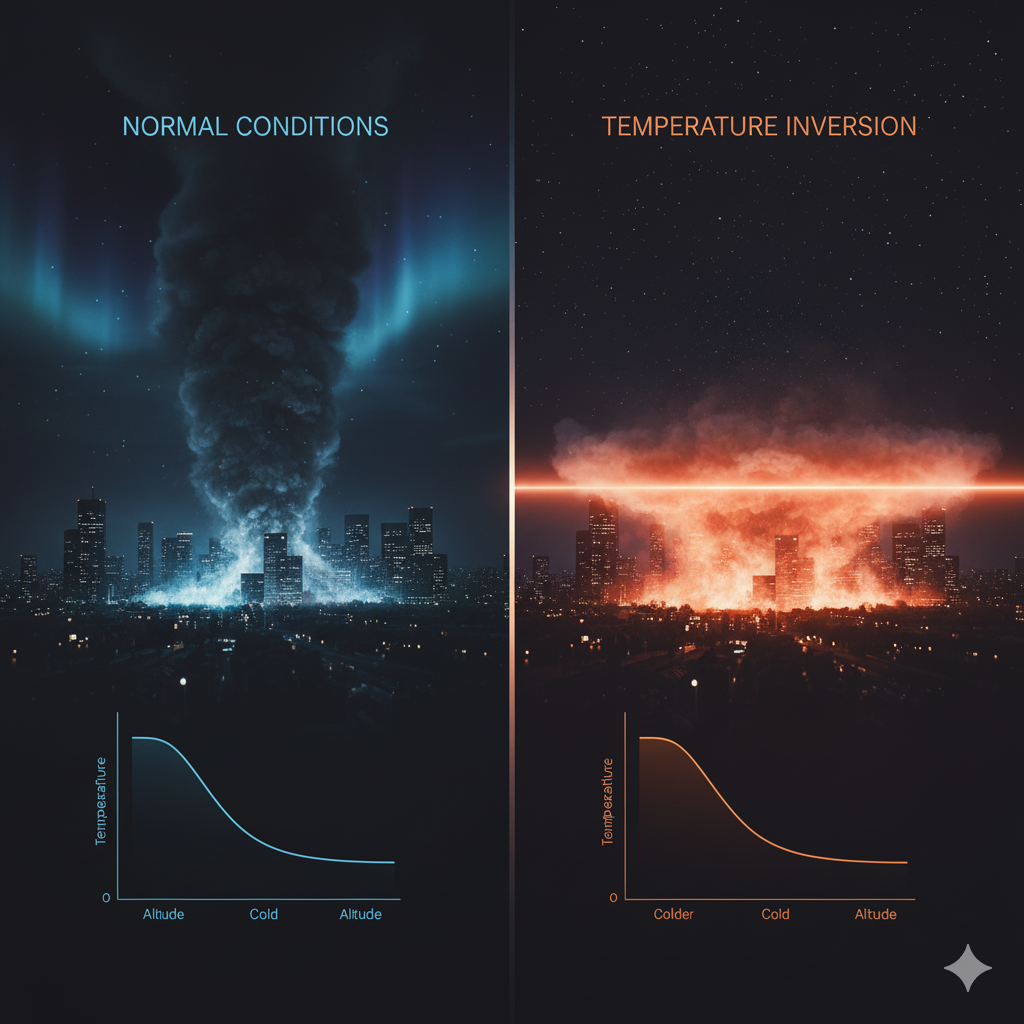What is a Cyclone?
A cyclone is a large-scale air mass that rotates around a strong center of low atmospheric pressure. It is characterized by high winds and heavy rain, and it forms over warm ocean waters. Cyclones are powerful and destructive weather systems that can cause significant damage to life, property, and ecosystems.
Key Features of a Cyclone:
- Low-Pressure Center (Eye):
- The central region of the cyclone, known as the “eye,” is calm with low atmospheric pressure.
- The central region of the cyclone, known as the “eye,” is calm with low atmospheric pressure.
- Spiral Cloud Bands:
- Clouds and thunderstorms spiral outward from the eye, forming the distinctive shape of the cyclone.
- Clouds and thunderstorms spiral outward from the eye, forming the distinctive shape of the cyclone.
- Rotation Direction:
- In the Northern Hemisphere, cyclones rotate counterclockwise.
- In the Southern Hemisphere, they rotate clockwise.
- In the Northern Hemisphere, cyclones rotate counterclockwise.
- Strong Winds and Rainfall:
- Cyclones bring extremely strong winds and torrential rains.
Types of Cyclones:
- Tropical Cyclones:
- Form over warm tropical oceans.
- Examples: Hurricanes (North Atlantic), Typhoons (Northwest Pacific), Cyclones (Indian Ocean).
- Form over warm tropical oceans.
- Extratropical Cyclones:
- Form in higher latitudes outside tropical regions.
- Form in higher latitudes outside tropical regions.
- Polar Cyclones:
- Form in polar regions and are typically less intense.
How Cyclones Form (Tropical Cyclone Formation):
- Warm Ocean Water:
- Water temperature must be above 26.5°C (79.7°F) to provide the energy for the cyclone.
- Water temperature must be above 26.5°C (79.7°F) to provide the energy for the cyclone.
- Low-Pressure Area:
- Warm, moist air rises, creating a low-pressure zone.
- Warm, moist air rises, creating a low-pressure zone.
- Coriolis Effect:
- Earth’s rotation causes the rising air to spin.
- Earth’s rotation causes the rising air to spin.
- Continued Energy Supply:
- The storm intensifies as long as it remains over warm water.
- The storm intensifies as long as it remains over warm water.
Cyclone Naming Process
- Cyclones are named to make communication about them easier.
- Regional meteorological organizations assign names from pre-determined lists.
- The process of naming cyclones is determined by the World Meteorological Organization (WMO) through its Panel on Tropical Cyclones (PTC). This panel includes 13 countries:Bangladesh, India, Maldives, Myanmar, Oman, Pakistan, Sri Lanka, Thailand, Iran, Qatar, Saudi Arabia, UAE, and Yemen.
- Each country submits a list of names, which are used sequentially.
- This naming system helps in effective communication and easy dissemination of warnings and information.
Impacts of Cyclones:
- Positive Impacts:
- Bring rain to drought-prone areas.
- Help regulate global temperatures.
- Bring rain to drought-prone areas.
- Negative Impacts:
- Strong winds can destroy buildings and infrastructure.
- Flooding from heavy rains.
- Coastal erosion and storm surges.
- Strong winds can destroy buildings and infrastructure.
Notable Examples:
- Hurricane Katrina (2005): United States.
- Cyclone Fani (2019): India and Bangladesh.
- Typhoon Haiyan (2013): Philippines.
Here is the list of major cyclones in 2024 along with the details of their naming:
| Cyclone Name | Name Given By | Affected Region | Date |
|---|---|---|---|
| Remal | Oman | West Bengal, Bangladesh | May 2024 |
| Asna | Pakistan | Gujarat, Pakistan | August 2024 |
| Yagi | Japan | East Asia | September 2024 |
| Dana | Maldives | Tamil Nadu, Sri Lanka | October 2024 |
| Mohsen | Iran | Arabian Sea Coastal Areas | November 2024 |
| Fengal | Bangladesh | Sri Lanka, Tamil Nadu | November 2024 |
Details of Specific Cyclones:
- Cyclone Fengal: This cyclone originated in the Bay of Bengal in November 2024 and moved towards Tamil Nadu after passing near the coast of Sri Lanka. The name ‘Fengal’ was given by Bangladesh.




